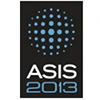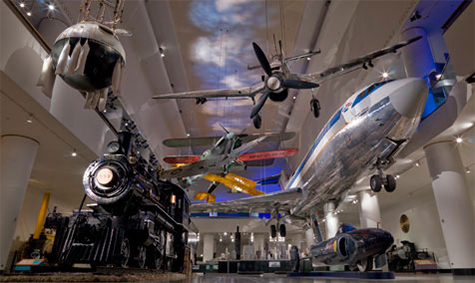
Chicagoland Preparing for ASIS
- By Ralph C. Jensen
- Apr 25, 2013
Well represented by a wonderful staff from ASIS International, association officials grabbed a few security industry journalists to tour Chicago and see security at its best.
ASIS promotes a tour for editors every year, with this year being no exception, to tour Chicago and a few landmarks that employ the latest security solutions.
One topic that probably wasn’t on the docket, but was on everyone’s mind, was NATO 2012. Chicagoland hosted many of the nation’s leaders in 2012 for a summit. Mind you, it was only one day, but it was a huge event. With every stop, security directors were talking about it.
Very little happened, security wise, and thankful for that as security leaders were hoping they had everything in place, should it get out of hand. It came and went with little fanfare.
At O’Hare International Airport, security officials saw as much activity as anyone, because they had to stage visitor’s aircraft in a seamless manner. According to Bill Palivos, deputy commissioner of airfield operations at the city of Chicago, preliminary plans were in place, but until aircraft started arriving, they were unsure of how the greeting exercises would take place.
“It’s really all about trust,” Palivos said. “We worked with the FBI, Secret Service and officials at O’Hare to stage planes and organized state motorcades.”
Luckily for airport officials, they were in the midst of constructing a new runway that was mobilized as a parking ramp and greeting area for the foreign dignitaries, without sacrificing normal operations at the nation’s second busiest airport. Each aircraft had to have access to a clear path to depart; no aircraft could be blocked in.
Because Chicago is rife with landmarks and visitor destinations, our editorial group was taken to the  Museum of Science and Industry. Originally the Palace of Fine Arts for the 1892 World’s Fair, the facility still hosts if first permanent exhibit: A genuine coal mine from Illinois.
Museum of Science and Industry. Originally the Palace of Fine Arts for the 1892 World’s Fair, the facility still hosts if first permanent exhibit: A genuine coal mine from Illinois.
The museum hosts well over 1 million visitors annually where people can view space and transportation, but ultimately, they see a captured Nazi submarine, the U-505.
Security at the museum consists of a first responder for first aid and emergencies. The building employs seven radio channels for active communication, as well as specific protocols for lost children. Officials also practice with one full evacuation a year and have fire guards in general areas with knowledge of how to evacuate the area.
About the Author
Ralph C. Jensen is the Publisher/Editor in chief of Security Today magazine.